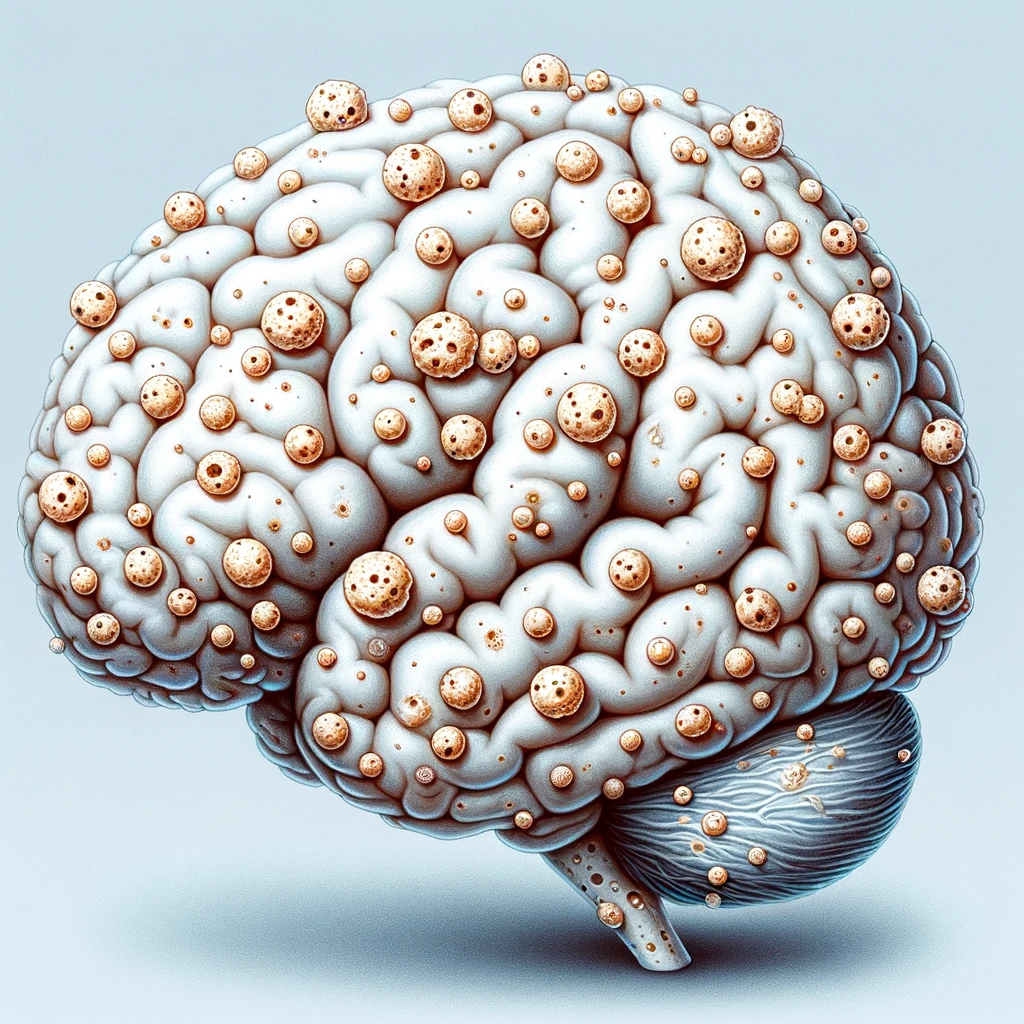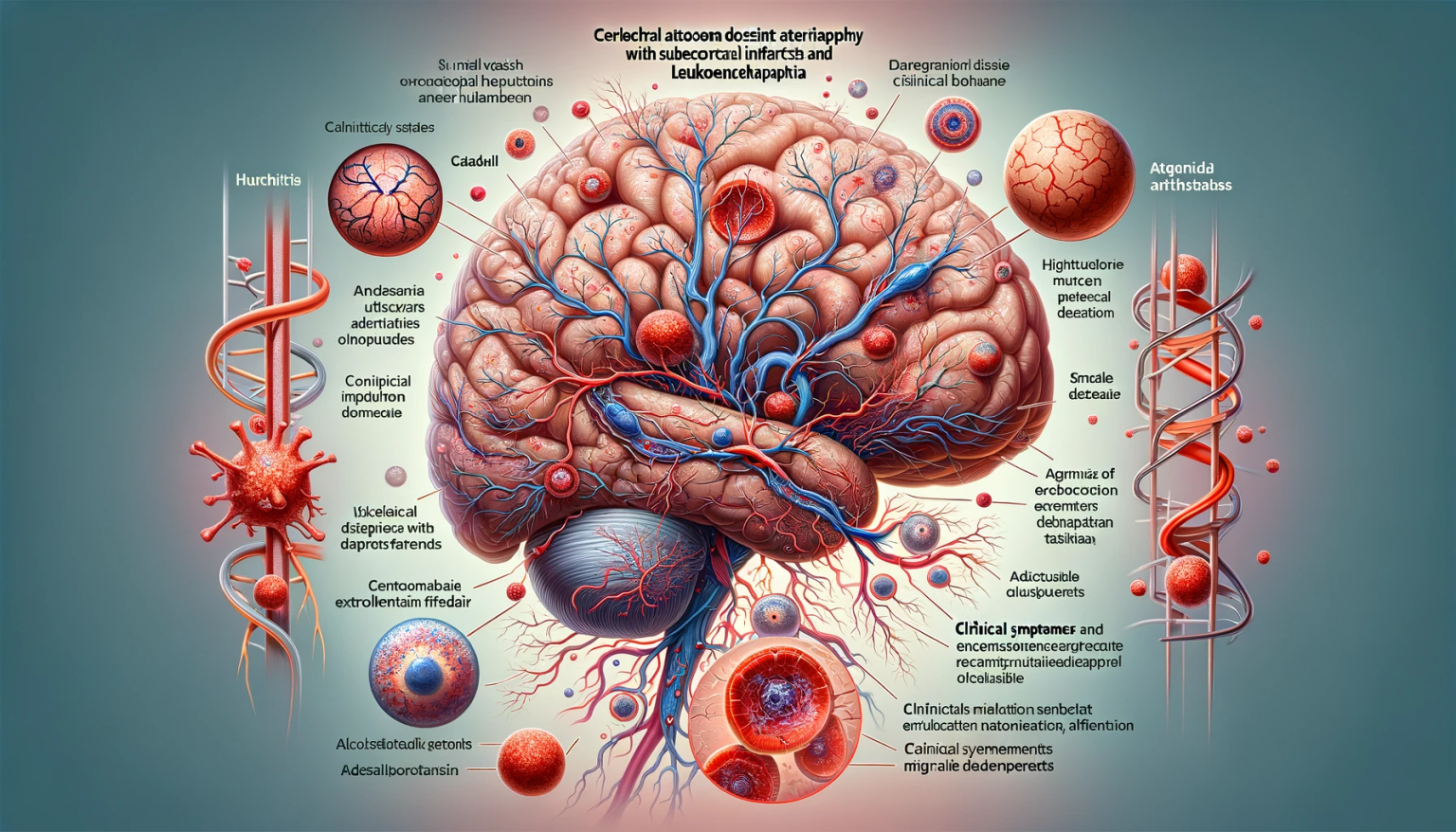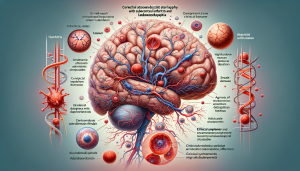 Abstract
Abstract
Kluver-Bucy Syndrome (KBS) is a rare neuropsychiatric disorder characterized by a spectrum of behavioral abnormalities. This review intends to elucidate the neuropathological basis, clinical manifestations, diagnostic challenges, and management strategies associated with KBS.
Introduction
First described in the 1930s, Kluver-Bucy Syndrome results from bilateral lesions of the medial temporal lobe, including the amygdala. It offers unique insights into the neural substrates of behavior and emotion.
Neuropathology
KBS is often associated with damage to the amygdala, a critical region for processing emotions. Conditions leading to KBS include traumatic brain injury, encephalitis, and neurodegenerative diseases.
Clinical Presentation
The syndrome is marked by hyperorality, hypersexuality, hypermetamorphosis (an irresistible urge to explore objects), visual agnosia, and emotional blunting. Patients may also exhibit docility and a lack of fear response.
Diagnostic Approach
Diagnosis is predominantly clinical, supplemented by neuroimaging to identify lesions in the temporal lobes. Neuropsychological assessments also play a crucial role in diagnosis.
Therapeutic Management
Treatment of KBS is symptomatic and may involve antipsychotics, mood stabilizers, and behavioral therapies. Addressing the underlying cause, where possible, is crucial.
Prognosis and Future Directions
The prognosis varies depending on the etiology and extent of brain damage. Continued research into the neurobiology of KBS may yield more targeted therapies in the future.
Conclusion
Kluver-Bucy Syndrome, with its profound impact on behavior and emotion, challenges our understanding of the brain-behavior relationship. A multidisciplinary approach is key to managing this complex disorder.








